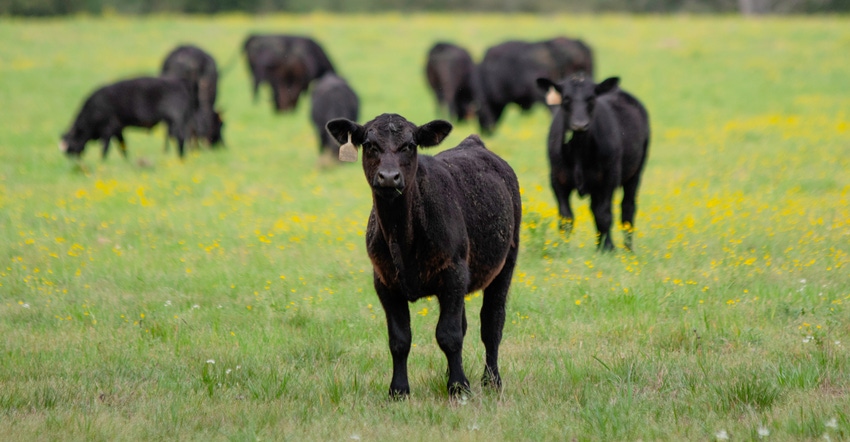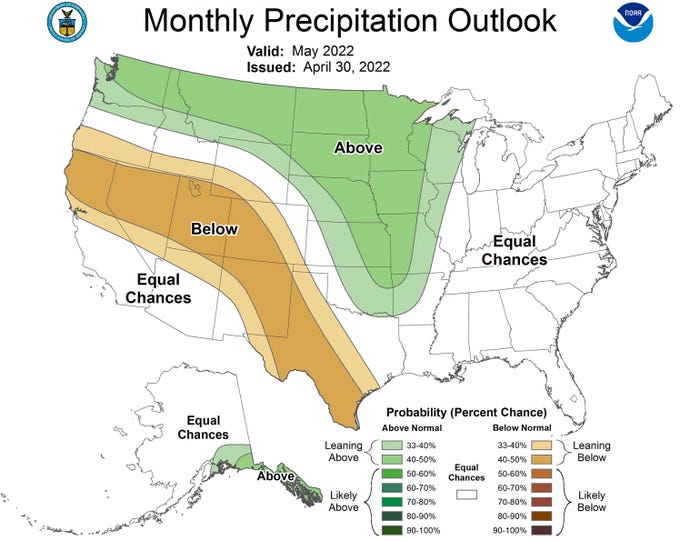
Blame it on fertilizer prices or unseasonably cool weather, but Missouri farmers are seeing a limited grass crop this year.
Cool-season grass needs an average temperatures of 65 to 75 degrees F to grow, says Valerie Tate, University of Missouri Extension agronomist. In April, MU Extension climatologist Pat Guinan found statewide temperatures averaging in the low 50s.
In Tate’s home area of Linneus in north-central Missouri, the average for April was 49 degrees. Farmers in the southern region of the state did not see a warming trend either, as Mount Vernon posted an average high of 54 degrees in April.
“That is significantly cooler than the average temperature needed for cool-season grass to be productive,” Tate says. “That is why we’re seeing such a lack of growth at this point, that and fertilizer prices have been high. Several people have decided to either not apply nitrogen or apply less.” Fertilizer typically provides that boost of spring forage growth.
During the latest University of Missouri Extension Livestock & Forage Town Hall, Tate addressed management options for cool-season grass pastures and hayfields. Her recommendation is to harvest early, whether by grazing or baling as hay or baleage.
Spurring grass regrowth
Tate says the concern for many farmers is that seed heads are already appearing in plants.
“You can remove those seed heads, and it will signal to the plant that it needs to start growing again, and it'll grow rapidly while the temperatures are cooler still in the month of May and early June,” she explains.
As the crop moves into late June and early July with warmer temperatures, the cool-season grass growth slows down.
Using a forage guide from Oregon State University, Tate found that removing the seed heads now in early spring creates a reset in the growth habit of the plant. Harvest can improve forage production throughout the summer.
“By removing the seed head early before it gets too mature, while it’s still in the boot stage, you can improve forage productivity throughout the entire growing season — including the warmer months of summer,” she adds.
More wet weather on the way
With the cool, wet forecast for May, Tate says it may not be the best time to make hay. Guinan says that May is the wettest month for Missouri, typically recording up to 5 inches of precipitation on average. He says three separate weather systems will affect the state in the first half of the month, making it hard for soils and fields to dry out.

Grazing may be the only option to reset grass growth. “We can graze off the hayfield or pasture, then come back later in the season and harvest for hay,” Tate explains. “Mid-to-late June may be better weather for drying hay this year.”
About the Author(s)
You May Also Like






